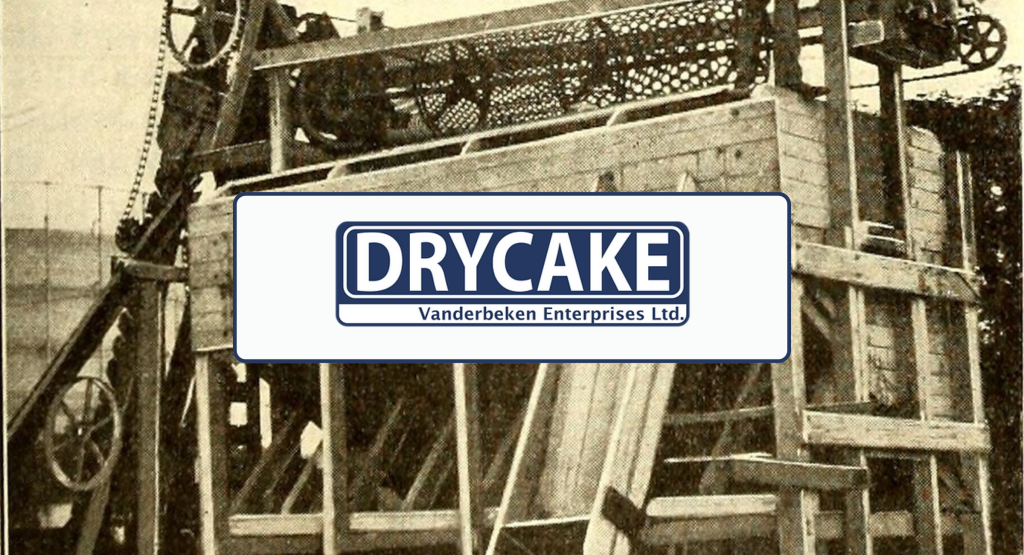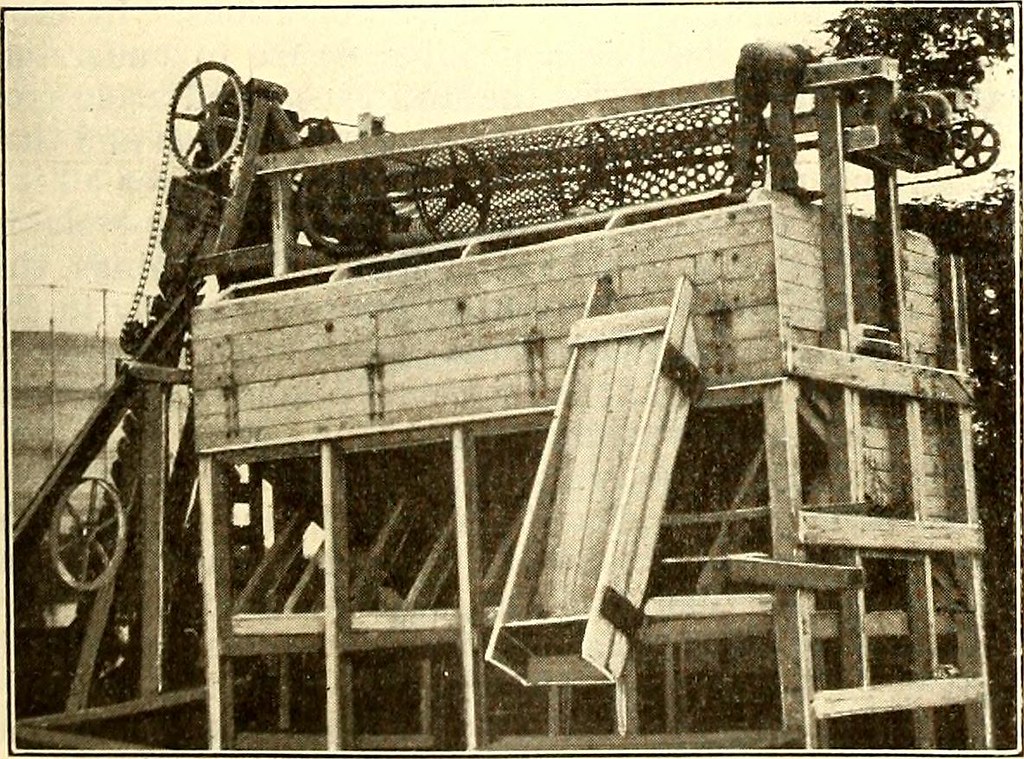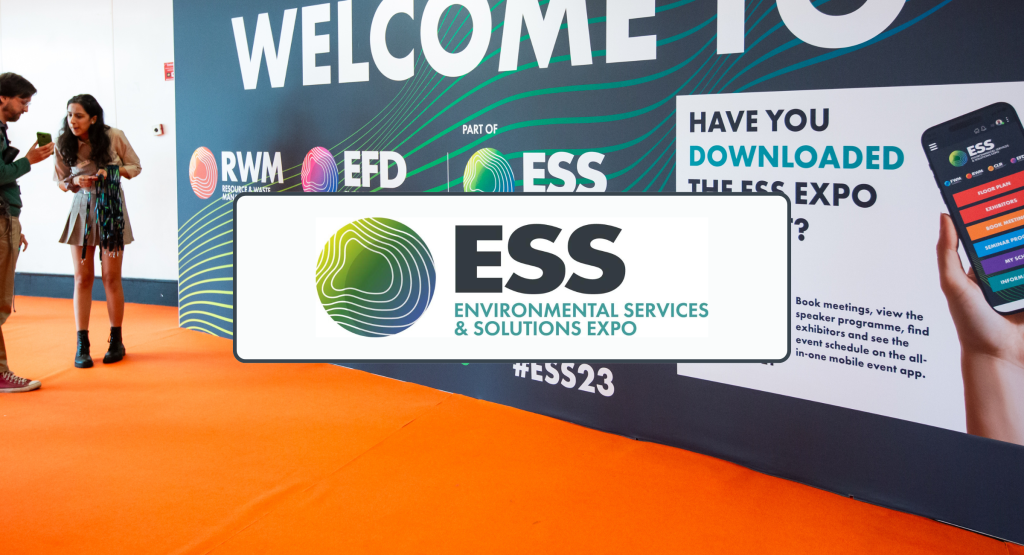Evolution of Crushing and Milling to 21st Century Recycling Industry Obsolescence

From Ancient Hammers to a Microplastic-Free Future
The history of stone-crushing and milling technology stretches back millennia, reflecting humanity’s ever-evolving need to process materials. Let’s delve into this fascinating journey:
Early Experiments (Before 1000 AD):
- Simple Tools: The earliest methods involved brute force – hammers, pounders, and grinding stones for basic size reduction. These rudimentary hard labor techniques were used for tasks like preparing pigments or processing food. Saddle querns that essentially worked like mortar and pestle have been found on some British early Neolithic sites.
- First water wheel 4th century BC: Archaeological evidence suggests the existence of horizontal-wheeled water mills in Mesopotamia around this time.
- 40/10 BC: The Roman engineer Vitruvius provided the first technical description of a watermill in his writings. A description details an undershot water wheel with a gearing mechanism.
Key Milestones (1000 AD – 1900 AD):
- The Rise of Mechanisms: The invention of waterwheels and windmills led to the development of more sophisticated crushing equipment. Mortar mills and stamp mills used these power sources to achieve greater efficiency. While mortar mills mechanized mortar and pestle techniques, a stamp mill is made up of a collection of stamps made of heavy steel (or iron-shod wood in early instances), which are positioned vertically in a frame that allows the stamps to move up and down. They are raised by cams that are attached to a shaft that rotates horizontally.
- Industrial Revolution (18th & 19th Centuries): The Industrial Revolution saw a surge in innovation. Jaw crushers, gyratory crushers, and cone crushers became dominant, utilizing mechanical power to handle larger volumes and harder materials.
- Macadam Road Surfacing: Around the year 1820, the Scottish engineer John Loudon McAdam was the first person to develop the method of road construction known as macadam. In this method, crushed stone manually crushed to size by the labor force was layered in shallow, convex layers and then fully compacted.
- First Reference to Screening: Robert Stevenson’s son recorded that in 1821, due to the vague way of defining road-metal dimensions by bulk or weight, Robert Stevenson required the Trustees to provide a riddle or screen with meshes or openings that prevent stones larger than one inch and a half from passing through.
Birth of Recycling and Modernization (20th & 21st Centuries):
- Early City Municipal Recycling: Since civilization began recycling was just part of life, an informal process of reuse, repurposing, make and mend and hand-me-downs, until between the wars in London the first municipal incinerators were built with conveyor belts and hand-picking lines for recycling. Drycake’s research consultant managed the demolition of one such Outer London Borough incinerator in the late 1970s, and no mechanical size reduction equipment was incorporated at that time.
- Quarry Tech Adapts: With the rise of recycling in the 1970s largely motivated by a shortage of local landfill capacity due to the closure of inner-city landfill dumps, equipment originally designed for crushing rock was adapted for processing municipal waste. Crusher and mill designs devised for producing quarry stone products were modified to handle a wider variety of materials. They worked on the principle of size reduction which made good sense at the time. There was less plastic and far less food waste in the rubbish collected than now. Food was more expensive than today, and wartime memories of rationing and food shortages had bred a culture that abhorred it.
- Dawn of the Awareness of the Environmental and Human Health Perils of Microplastics: The idea that plastic is largely geologically indestructible and liable to be worn down into ever smaller particles as microplastic and re-concentrated by oceanic processes had yet to dawn on scientists let alone on municipal engineers. People first learned about how shocking plastic pollution can be when they saw a pilot whale carrying her dead calf across the ocean for days on end. After that, a young pelican brought up a plastic bag. Millions of people around the world watched these events happen in the BBC program Blue Planet II, which aired around the world at the end of 2017. Subsequently, it has been found that all of us have microplastic in our blood, and more recently in our testicles, leading to concerns of possible raised cancer risk and reduced fertility.

Evolution Beyond Crushing:
- Depackaging and Size Reduction: The availability of new machines for the separation of organic materials from all other waste material, while doing it so cleanly that energy extraction (biogas production) is maximized and economic recycling is possible, has led to the obsolescence of particle size reduction equipment. Depackagers are now available that as far as possible preserve the plastic items intact. These machines break down packaging materials to access the contents for further processing while enabling modern smart automatic picking technology to separate the profitable polymers for plastic recycling.
Future Potential and Microplastic Concerns:
- Minimizing Microplastics: Modern innovations like the Drycake Twister depackaging and separation technology prioritize avoiding microplastic generation during the depackaging process. This technology addresses the growing ethical concern surrounding the environmental impact of microplastics released by traditional crushing methods.
Challenges and Ethical Considerations:
- Legacy Equipment: Many facilities still rely on older crushing and milling technology, raising concerns about inefficient separation and potential greatly elevated microplastic production.
The Need for Change:
- Ethical Imperative: The environmental and health risks associated with microplastics necessitate the adoption of new technology like the Drycake Twister. This shift is not just an advancement, but an ethical imperative.
Conclusion:
The journey of crushing and milling technology showcases human ingenuity. However, the future demands a move beyond simply processing materials. Microplastic-minimizing advancements like the Drycake Twister pave the way for a more sustainable and responsible approach to depackaging and size reduction across all waste management industries.






Comments